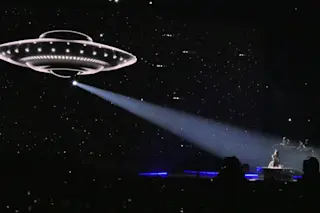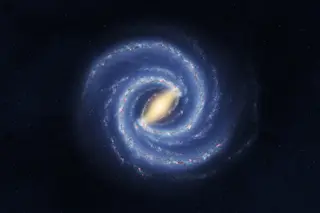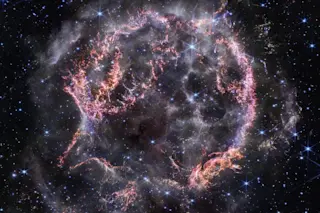For Kirk Borne, the information revolution began 11 years ago while he was working at NASA’s National Space Science Data Center in Greenbelt, Maryland. At a conference, another astronomer asked him if the center could archive a terabyte of data that had been collected from the MACHO sky survey, a project designed to study mysterious cosmic bodies that emit very little light or other radiation. Nowadays, plenty of desktop computers can store a terabyte on a hard drive. But when Borne ran the request up the flagpole, his boss almost choked. “That’s impossible!” he told Borne. “Don’t you realize that the entire data set NASA has collected over the past 45 years is one terabyte?”
“That’s when the lightbulb went off,” says Borne, who is now an associate professor of computational and data sciences at George Mason University. “That single experiment had produced as much data as the previous ...













